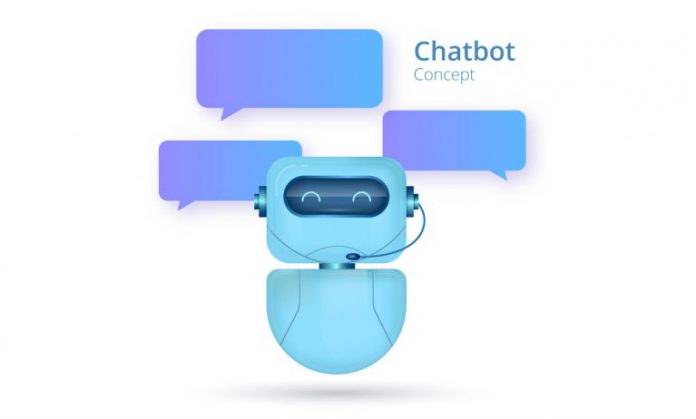AI-driven bots in this technology-driven world are now growing a shared vision for human communications. Giants in discovery spend billions of dollars building and purchasing message-based networks to service their global business objectives. Still, the urge to connect and interact with the real human being paved the way for the birth of the world’s eighth wonder, i.e., the Internet. Trillions and tens of thousands of discussions are currently taking place into computers, smartphones, and other smart devices.
Big technology companies like Facebook, WhatsApp, Google, Twitter, and LinkedIn claim the next big thing, capable of changing the Web is chatbots. In the smart home, smart accessories like Apple’s Siri and Amazon’s Alexa have now secured their spot. Not only businesses but online shopping sites also use chatbots to communicate with customers, getting the whole process faster and easier. Chatbots are now used to respond to queries, manage customer support, diagnose healthcare difficulties, and also used for counseling.
Eighty-five million smartphones are expected to be used in India by 2022. It has now begun to make a positive impression by deploying chatbots in the education sector. Although it can not substitute universities, colleges, and teachers, it can surely give the required local language knowledge and skills for people who are unable to provide education or have no resources for full-time schooling. More than 200 million new job seekers will enter the Indian economy as students over the following decade, according to recent research carried in India. Nevertheless, following the Skill India Project, the government allocates over Rs. 17,000 crores to educate these burgeoning learner communities.
Training can be taken to them with ease and, when necessary, by using chatbots in the education sector. It can also entirely change the way training and growth are dons by offering a brilliant, personalized, and immersive learning program.
Also, chatbots are a low-cost program that can combine students without valuable learning support and offer them human expertise. To keep learners and job seekers up-to-date with the latest educational trends, disruptive learning technologies are much needed. The talk aim is ideal for small screens, so chat-learning can win e-learning problems, which will also help to save time.
Examining the academic environment and leveraging incentives with the chatbots to better access and results is the right move for the industry. In fact, with those low-cost messaging-based education platforms, students, teachers, and parents can help as those chatbots can work within living platforms and ways to improve educational systems by following modern technology. All it takes from the community is interacting and developing with the chatbots.




